Chinese ship to inaugurate wider Panama Canal
The vessel, especially renamed COSCO Shipping Panama, will inaugurate the widened canal in an hours-long voyage
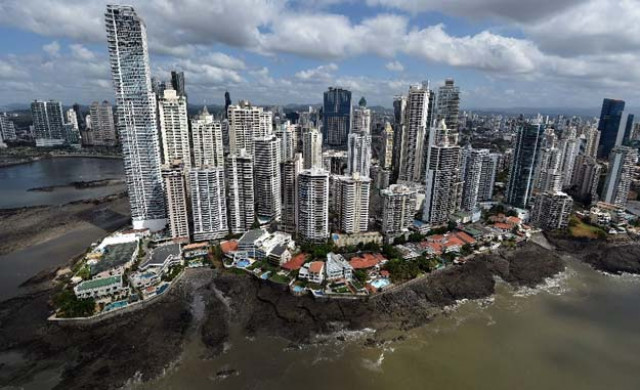
Panama, a small nation of just four million people, has a booming financial services sector that, including revenue from its famous canal, accounts for nearly 80 percent of gross domestic product PHOTO: AFP
The vessel, especially renamed COSCO Shipping Panama, will inaugurate the widened canal in an hours-long voyage from the Atlantic to the Pacific Ocean via a new shipping lane and gigantic locks that have been fitted to the century-old waterway.
"It is a historic day for the country," Panamanian President Juan Carlos Varela said on Saturday.
Several heads of state and foreign dignitaries have been invited to a ceremony marking the occasion.
The United States -- which built the original canal opened in 1914 that is still in operation alongside the additions -- will be represented by the wife of US Vice President Jose Biden, Jill Biden, and the US ambassador to Panama.
The United States and China are the two most frequent canal users. Its expansion is expected to greatly benefit commercial traffic between North America and Asia.
Varela said the ability of the expanded canal "to serve world trade is the most important thing."
The expansion work carried out since 2007 -- and delivered two years late at a cost of at least $5.5 billion -- allows a new generation of much larger ships, known as Neopanamax class vessels, to ply the canal.
Neopanamax freighters can carry up to three times the cargo of older and smaller Panamax ships. Cruise ships built to the same dimensions typically double the number of passengers of the previous iteration.
The expansion will also allow Panama to lure massive LNG (liquified natural gas) tankers for the first time.
They represent a lucrative segment of the shipping market whose importance has grown with the development of US exports of natural gas from shale, most of which head to Japan and South Korea.
Varela said the first LNG vessel is scheduled to cross the canal next month. He predicts that many more would follow.
Panama's plan behind the expansion is to triple the $1 billion in revenues it currently gets from canal shipping fees.
That goal might still be a decade or more away, however, according to officials from the Panama Canal Authority, the autonomous government agency that runs the waterway.
With the Spanish- and Italian-led consortium that built the expansion demanding hundreds of millions of dollars in overruns, Panama might have been overly ambitious regarding its return on investment.
"Everybody is always overly optimistic," said Peter Shaerf, deputy chairman of Seaspan Corporation, a container ship group with a fleet of 100 vessels, more than half of which are Neopanamaxes.
But regardless of the cost, he told AFP, the augmented canal was "wonderful" and "will have a huge impact on trade."
The expansion was "one of the engineering wonders of the world," said Shaerf, speaking at a lavish party held late Saturday for canal clients and investors.
Another guest, Susan Antz, senior loan officer for the European Investment Bank, said the $500 million credit her institution had extended for the expansion project was "money well spent."
Toshiyuki Suzuki, senior managing executive officer of the container ship and port business unit of Kawasaki Kisen Kaisha, one of Japan's biggest maritime transport companies, agreed that the expansion will have "a very big impact" for decades to come.
"The construction of the canal is very convenient" because it will save a lot of "time and oil consumption," he said.
For Panama, the feat it pulled off is a source of pride.
The government hopes the glitz and historical nature of the broadened canal will help overshadow the severe blow the country took to its reputation this year with the "Panama Papers" scandal.
Revelations of offshore companies started by a Panama law firm, and used by the world's rich and influential to dodge taxes and stash assets, have become the first thing many people think of when the Central American nation is mentioned.
But the canal, and the work to develop it for modern trade, is "the real face of Panama," Jorge Quijano, head of the Panama Canal Authority, told AFP this week.

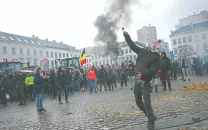

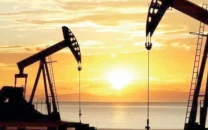
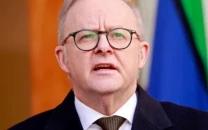
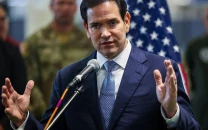





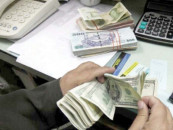







COMMENTS
Comments are moderated and generally will be posted if they are on-topic and not abusive.
For more information, please see our Comments FAQ